Are Some Bay Leaves Toxic – Learn Which Bay Trees Are Edible
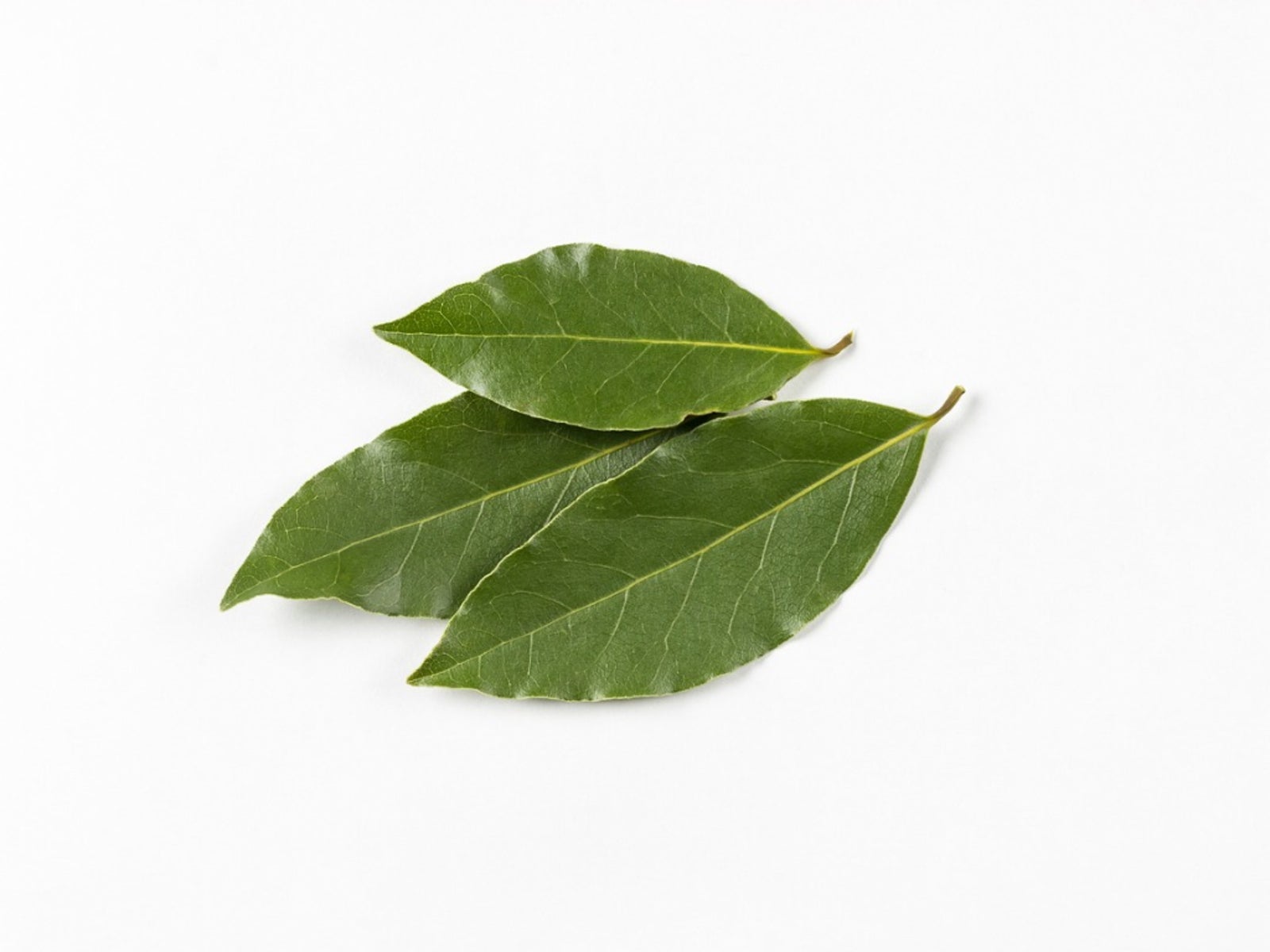

Bay tree (Laurus nobilis), also known by various names such as bay laurel, sweet bay, Grecian laurel, or true laurel, is appreciated for the aromatic leaves that add a distinctive flavor to a variety of hot dishes.
However, this delightful Mediterranean tree has a reputation for being toxic. What’s the real truth about bay leaves? Are they poisonous? Which bay trees are edible? Can you cook with all bay leaves, or are some bay leaves toxic? Let’s explore the issue.
About Edible Bay Leaves
Are some bay leaves toxic? For starters, the leaves produced by Laurus nobilis are not toxic. However, certain species with the name “laurel” or “bay” may actually be poisonous and should be avoided, while others may be perfectly safe. Don’t take chances if you are uncertain. Limit cooking with bay leaves to those available in supermarkets or that you grow yourself.
Cooking with Bay Leaves
So which bay trees are edible? Actual bay leaves (Laurus nobilis) are safe, but the leathery leaves, which can be sharp on the edges, should always be removed from the dish before serving.
Additionally, the following “bay” plants are also considered safe. Like Laurus nobilis, all are within the Lauraceae family.
Indian bay leaf (Cinnamomum tamala), also known as Indian cassia or Malabar leaf, looks much like bay leaves, but the flavor and aroma are more akin to cinnamon. The leaves are often used as a garnish.
Mexican bay leaf (Litsea glaucescens) is often used in place of Laurus nobilis. The leaves are rich in essential oils.
Gardening tips, videos, info and more delivered right to your inbox!
Sign up for the Gardening Know How newsletter today and receive a free copy of our e-book "How to Grow Delicious Tomatoes".
California laurel (Umbellularia californica), also known as Oregon myrtle or pepperwood, is safe to use for culinary purposes, although the flavor is more pungent and intense than Laurus nobilis.
Non-Edible Bay Leaves
Note: Beware of toxic bay-like trees. The following trees have toxic compounds and are not edible. They may have similar names and the leaves may look like regular bay leaves, but they belong to entirely different plant families and are completely unrelated to bay laurel.
Mountain laurel (Kalmia latifolia): All parts of the plant are toxic. Even honey made from the blossoms can induce gastrointestinal pain if eaten in large amounts.
Cherry laurel (Prunus laurocerasus): All parts of the plants are toxic and may cause potentially fatal respiratory problems.
Note: Although bay laurel leaves are safe when used in small quantities, they may be toxic to horses, dogs, and cats. Symptoms include diarrhea and vomiting.

A Credentialed Garden Writer, Mary H. Dyer was with Gardening Know How in the very beginning, publishing articles as early as 2007.
-
 4 Superfast Composting Methods: Turn Waste Into Garden Gold In 30 Days Or Less
4 Superfast Composting Methods: Turn Waste Into Garden Gold In 30 Days Or LessTry the fastest composting methods to turbocharge your pile and transform kitchen scraps and garden waste into finished compost in just a few weeks.
By Mary Ellen Ellis
-
 Best Spider Plant Soil – Complete Soil Guide And Expert Tips For Keeping Plants Happy
Best Spider Plant Soil – Complete Soil Guide And Expert Tips For Keeping Plants HappySpider plants are fun and easy plants to grow, but what is the best soil for a spider plant? Selecting the right soil is important so they can thrive.
By Bonnie L. Grant
-
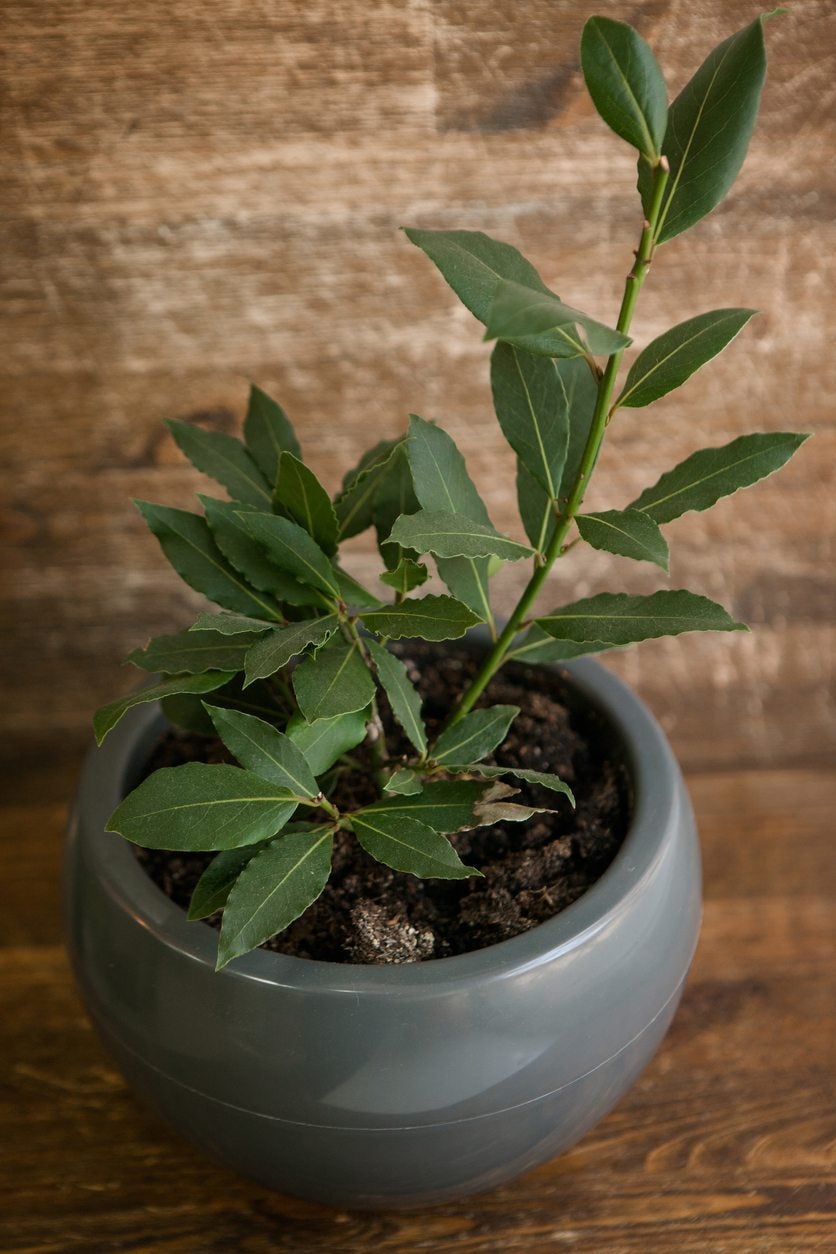 Bay Tree Propagation – Tips For Rooting Bay Tree Cuttings
Bay Tree Propagation – Tips For Rooting Bay Tree CuttingsOne mature bay tree will keep even the most dedicated cook in pungent bay leaves for a lifetime. But if you need more, it is not difficult to start growing a bay tree from cuttings. For more information on propagating cuttings from a bay tree, click here.
By Teo Spengler
-
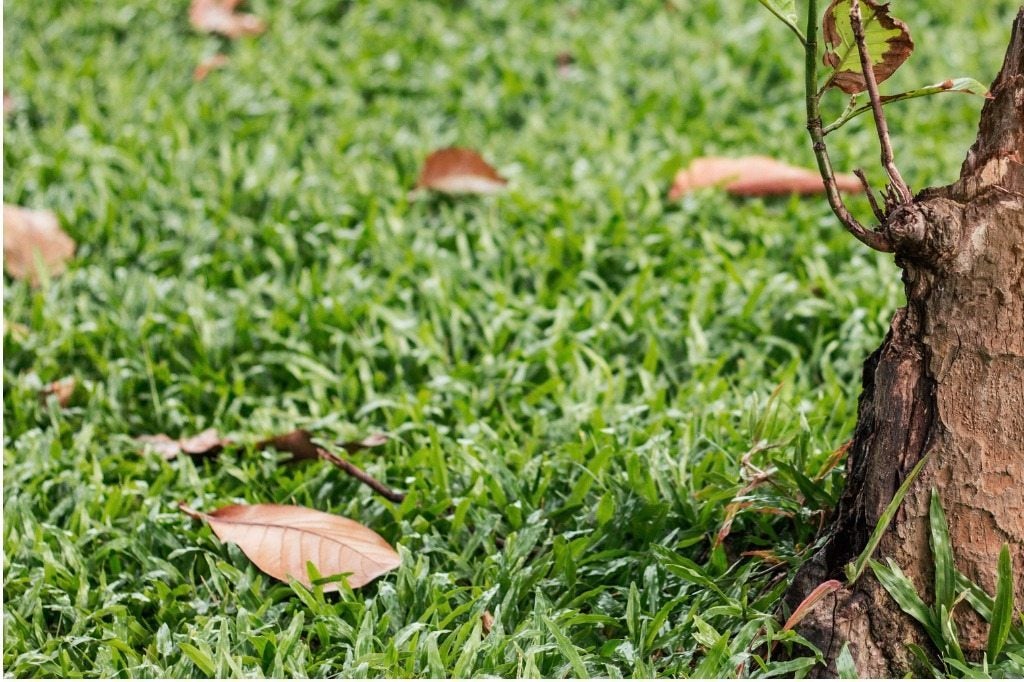 Bay Tree Leaf Drop: Why Is My Bay Losing Leaves
Bay Tree Leaf Drop: Why Is My Bay Losing LeavesBay laurel is one of the most impressive looking among the culinary herbs. Although it?s pretty sturdy, once in a while you may run into trouble with dropping bay leaves. Click this article to learn about bay trees dropping leaves.
By Kristi Waterworth
-
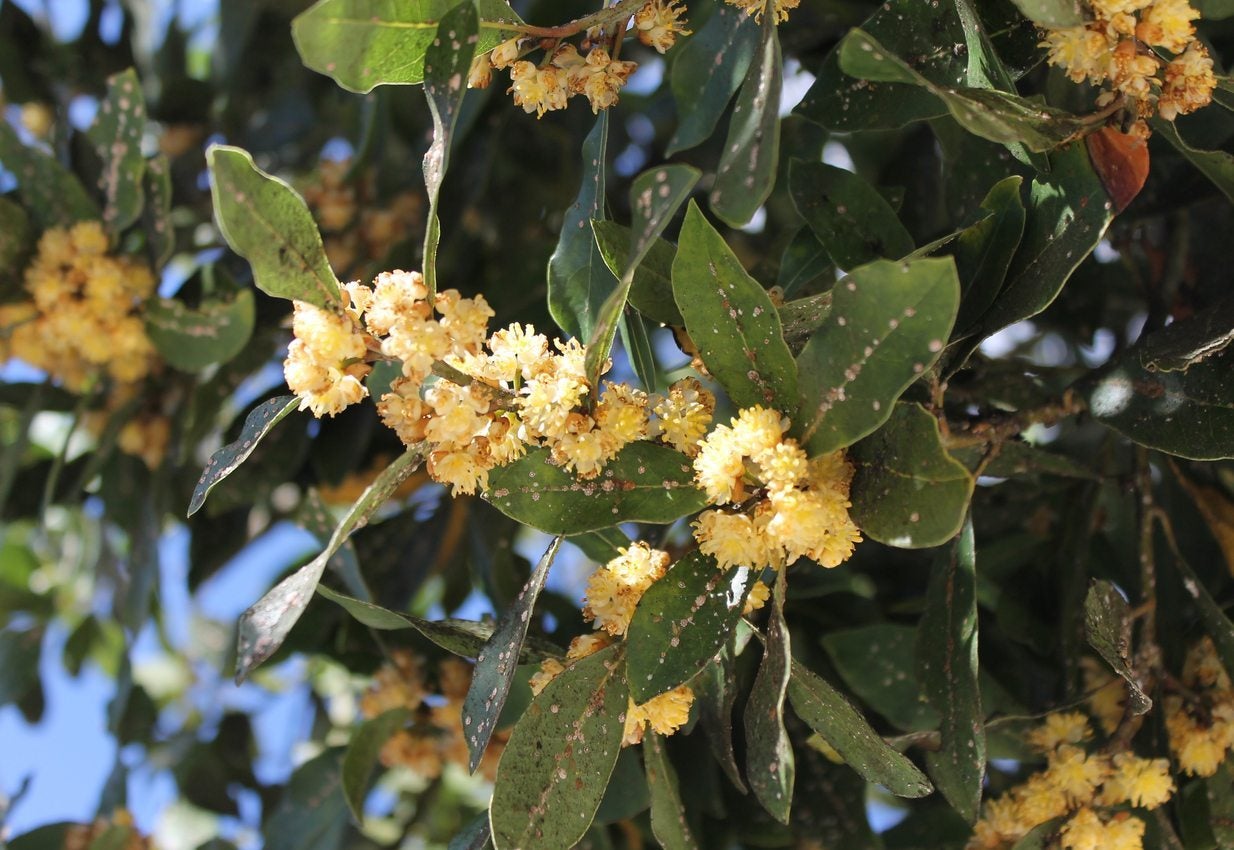 How To Treat Bay Pests : Dealing With Pests On A Bay Tree
How To Treat Bay Pests : Dealing With Pests On A Bay TreeMost bay tree insects are foliar feasters, but there are a few boring insects that can cause damage to the trunk and twigs. Click on the following article to find out how to treat bay pests in a safe and non-toxic manner.
By Bonnie L. Grant
-
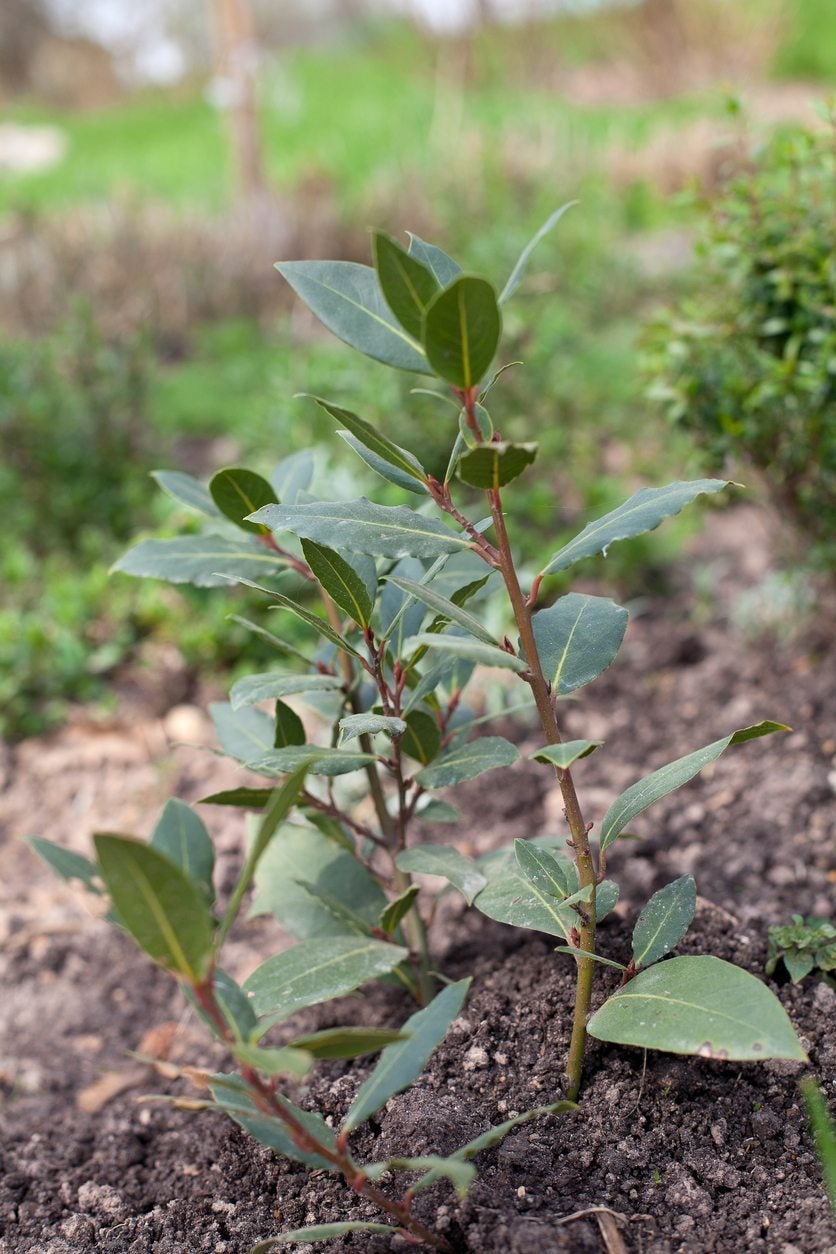 Diseases Of Bay Trees : How To Treat A Sick Bay Tree
Diseases Of Bay Trees : How To Treat A Sick Bay TreeBay is an easy-to-grow plant but is susceptible to a few diseases, many of which create problems on foliage, the part used in cooking. Preventing these diseases can help protect both the plant and your secret recipe ingredient. Learn more in this article.
By Bonnie L. Grant
-
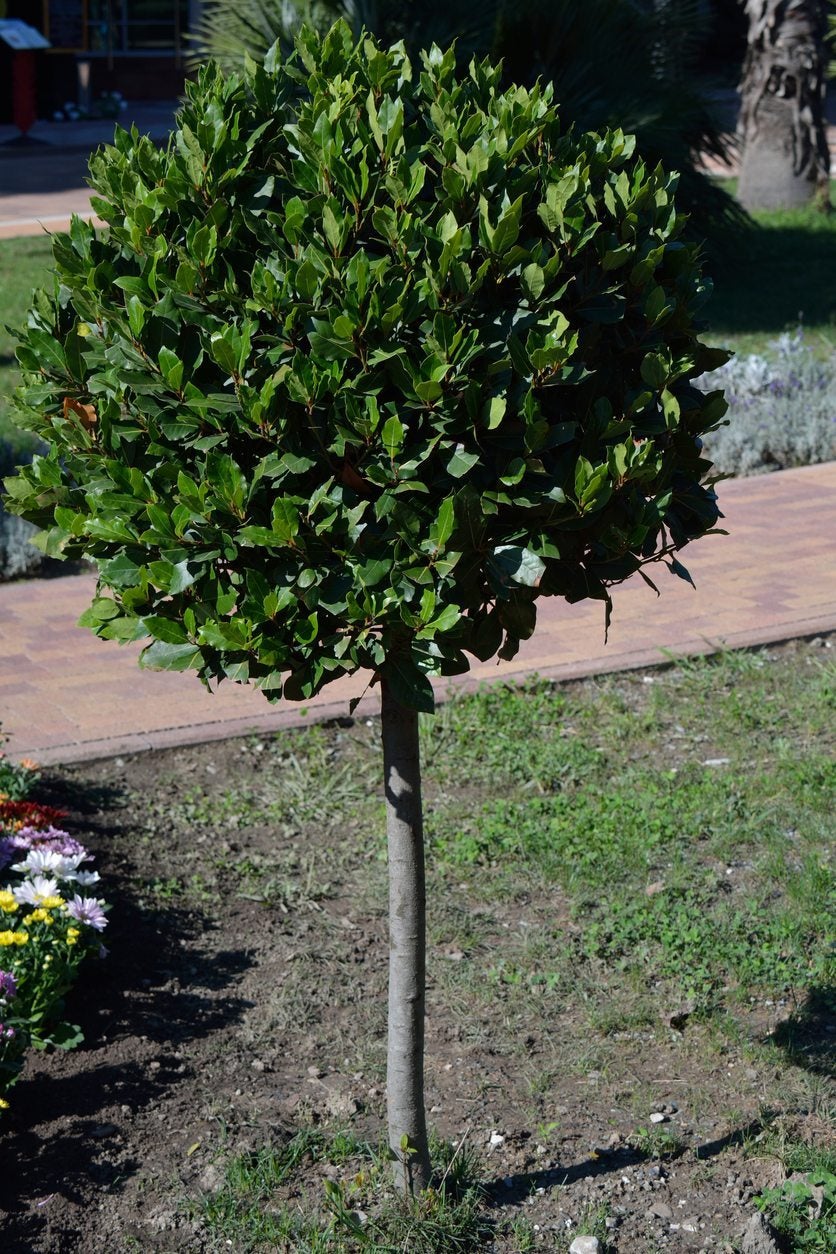 Bay Tree Transplant Tips: How To Transplant Bay Trees
Bay Tree Transplant Tips: How To Transplant Bay TreesBay laurel trees are small evergreens with dense, aromatic foliage. The leaves are often used for flavoring in cooking. If your bay tree has outgrown its planting site, you may be wondering how to transplant bay trees. Click here for information that can help.
By Teo Spengler
-
 How To Prune A Bay Tree – Tips For Cutting Back Bay Trees
How To Prune A Bay Tree – Tips For Cutting Back Bay TreesBay tree pruning is not strictly necessary for the health of the tree, but the trees readily accept light or severe pruning, including pruning bay trees into topiary shapes. Learn how to prune bay laurel trees in this article.
By Teo Spengler
-
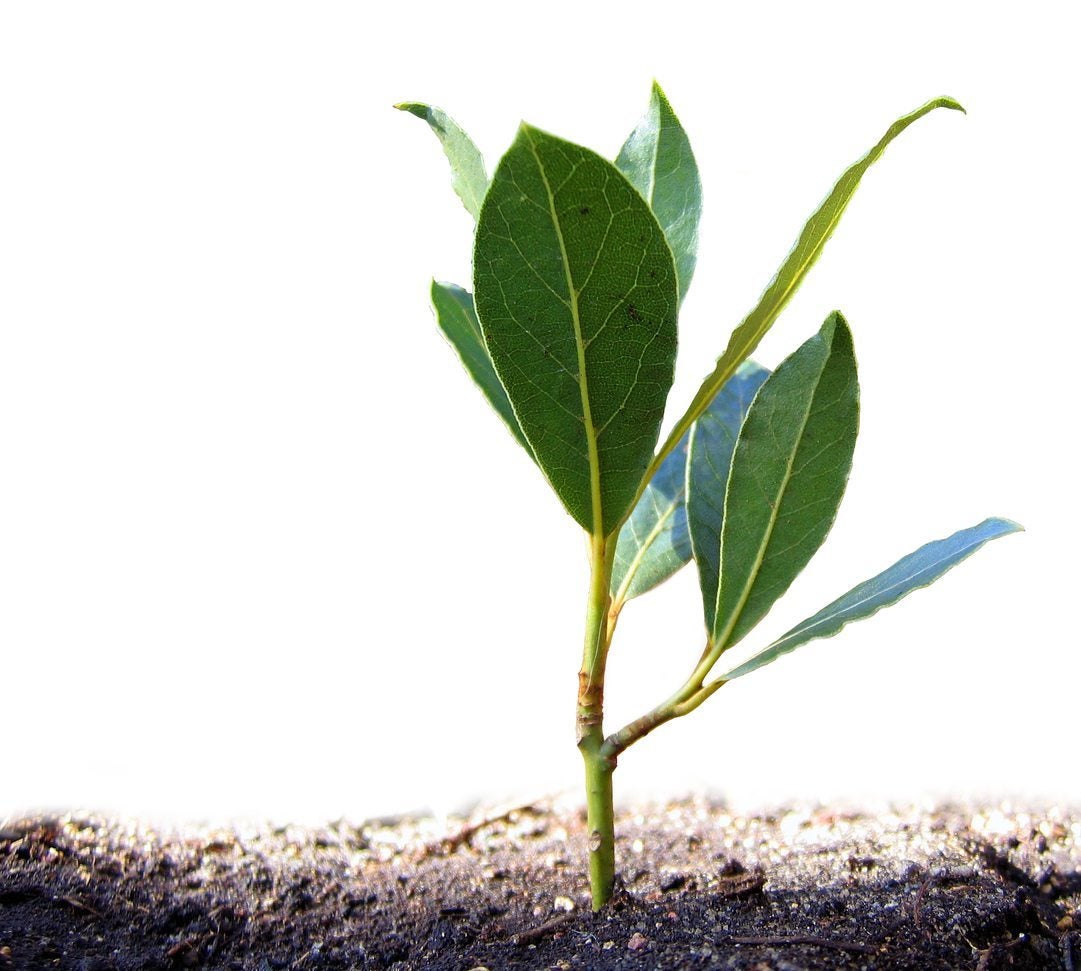 When To Sow Bay Seeds: Tips For Growing Bay Tree Seeds
When To Sow Bay Seeds: Tips For Growing Bay Tree SeedsUsually, sweet bay is purchased as a seedling from a nursery, but growing bay tree seeds is also possible, provided the grower has some patience since bay seed germination is a slow process. Interested in planting bay seeds? Find out when to sow bay seeds in this article.
By Amy Grant
-
 Harvesting Bay Leaves: When To Pick Bay Leaves For Cooking
Harvesting Bay Leaves: When To Pick Bay Leaves For CookingAlmost everyone should be picking their own bay leaves; of course, you need to know when to pick them. Is there a specific bay leaf harvest time of year? The following article contains information on harvesting bay leaves.
By Amy Grant